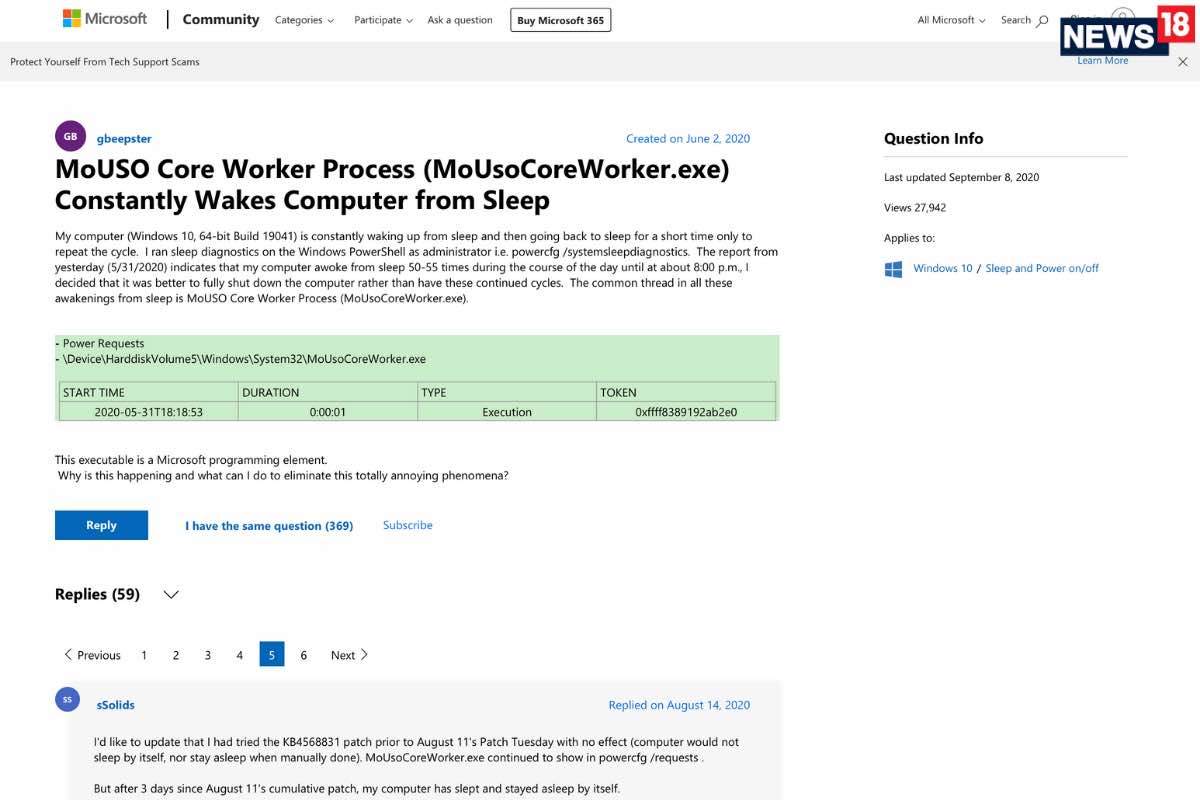
We can try completely restarting your computer by plugging out the power source after shutdown or removing the battery. Change it to a lower value if is too high. Make sure that the time limit is the one you are expecting. On this window, you will see an option “ Put the computer to sleep”.Click on “ Change plan settings” in front of the power plan which is currently active on your computer. There will be many plans listed in the window.If you own a PC and don’t see this option, press Windows + S and type “ choose a power plan”. Right click on the battery icon present at the bottom right of your screen and click “ Power Options”.If the computer remains unused for that period of time, it goes into sleep mode automatically. Rejoice! You can finally sleep and shut down again.How to check if Sleep Mode is actually enabled?īefore we move on with the troubleshooting, we will check if the sleep mode is actually enabled on your computer.Change the Windows Update Services setting from Manual back to Automatic (Delayed Start).(Doing so will block your system from automatically reinstalling or showing updates for version 11 of the driver.) Run the Windows 10 "Show or Hide Updates" Troubleshooter Package and hide updates to the Intel Management Engine Interface (MEI) Driver.The presence of some version of the driver is required in order to "upgrade" (or in this case downgrade) it. NOTE: You do NOT need to uninstall version 11 before installing version 9 or 10.If you receive a dialog warning about replacing a newer version of the software, accept it. Install version 9 or 10 of the Intel Management Engine Interface (MEI) Driver.Change the Startup Type to Manual and click OK.Click Stop to stop the service from running.

Scroll down to Windows Update and double-click it to bring up its properties.In the Control Panel, select Administrative Tools and open Services.




 0 kommentar(er)
0 kommentar(er)
